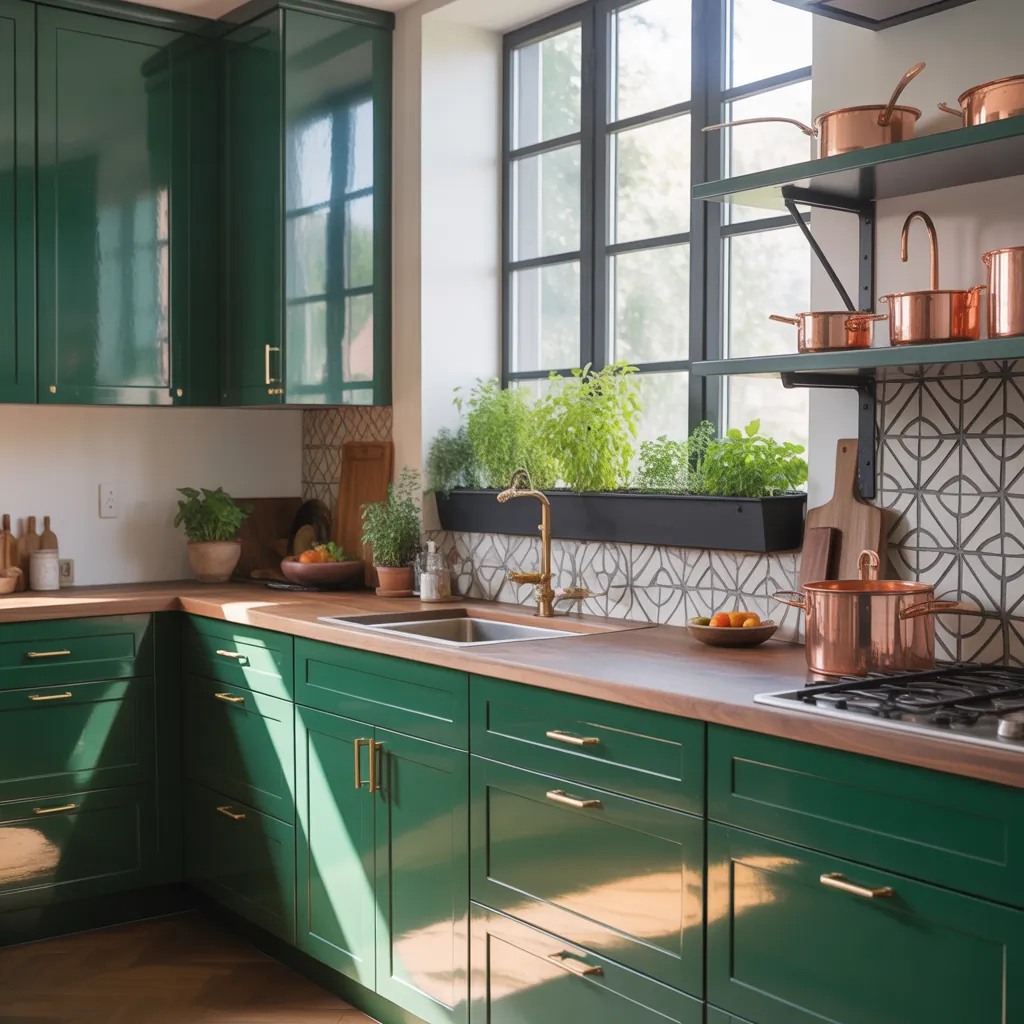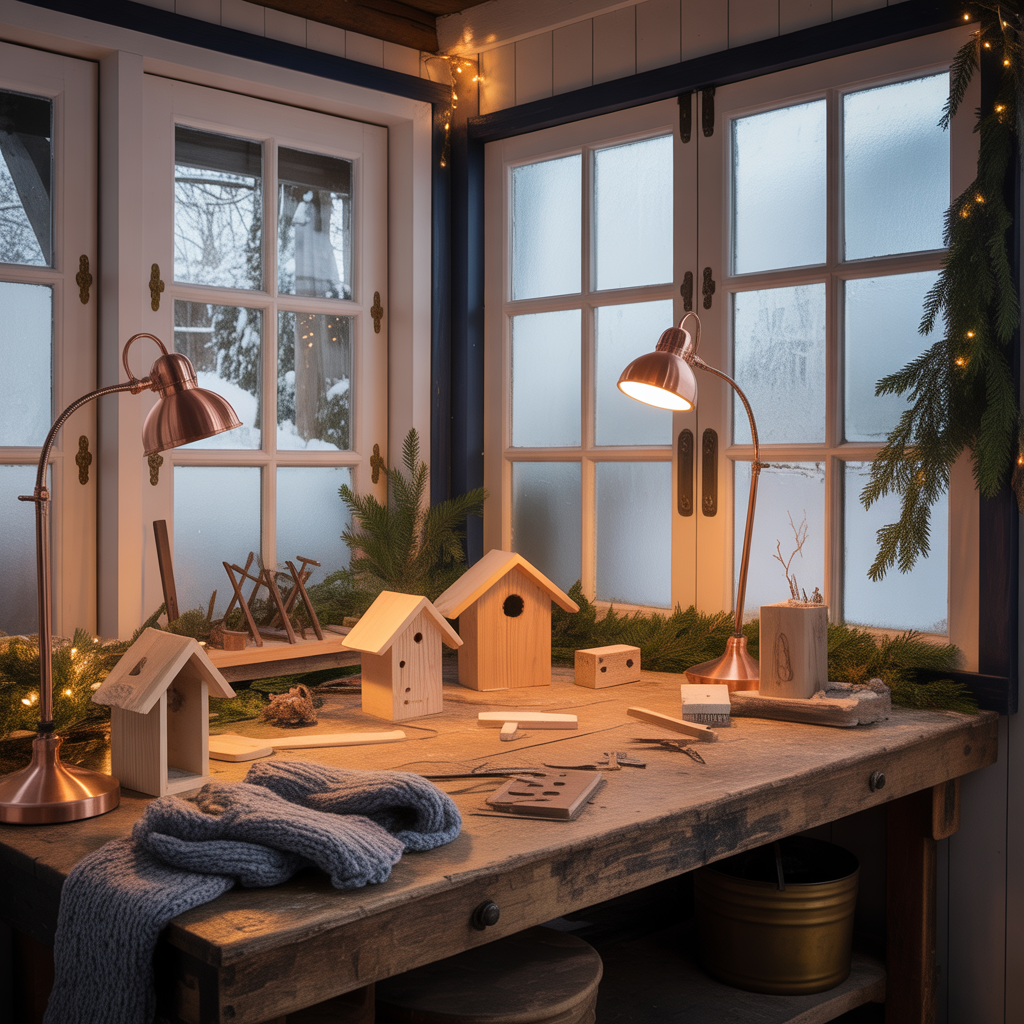Ever stared at your kitchen, dreaming of a refresh but worried about the cost and mess of a full remodel? Imagine waking up one weekend, opening your cabinet doors, and finding them transformed into a warm sage or deep olive that makes the whole room feel calm and modern. If you’ve been considering a color change but aren’t sure where to start, these kitchen cabinets green ideas will give you practical, stylish, and budget-friendly paths to a gorgeous kitchen you’ll love.
Why choose green for your kitchen cabinets?
Green is one of the most versatile kitchen cabinet colors: it reads as both natural and sophisticated, pairs well with wood and brass, and works across styles from modern farmhouse to mid-century and contemporary. Whether you prefer soft sage, moody forest, or a muted olive, green can bring warmth and depth without overpowering the space. It’s a top choice for eco-inspired kitchens, vintage revivals, and two-tone cabinet designs.
Top green shades and how to pick the right one
Choosing the right green is about light, surrounding finishes, and personal taste. Consider these options:
- Sage green: Soft, muted, excellent for small kitchens and Scandinavian or farmhouse styles.
- Olive green: Earthy and grounded; pairs beautifully with warm wood or matte black hardware.
- Forest or hunter green: Dramatic and luxe—works great on lower cabinets or an island for contrast.
- Mint or pistachio: Bright and cheerful; perfect for retro kitchens or playful accents.
Tip: Test paint swatches on cabinet doors and view at different times of day. Natural and artificial light can change how green reads in your space.
Kitchen cabinets green ideas: Budget-friendly DIY — How to paint cabinets step-by-step
This step-by-step guide covers painting existing cabinets green for a high-impact, budget-friendly makeover.
Materials you’ll need
- Quality primer and cabinet paint (acrylic enamel or cabinet-specific paint)
- Sandpaper (120–220 grit) and a sanding block
- Degreaser or TSP substitute
- Brushes, foam rollers, or a paint sprayer
- Drop cloths, painter’s tape, masking paper
- New or cleaned hardware (knobs/handles)
Prep and removal (Step 1)
- Remove doors, drawers, and hardware. Label each piece so reassembly is easy.
- Clean surfaces thoroughly with a degreaser to remove grease and grime.
- Sand lightly to scuff the finish; this helps primer and paint adhere.
Prime, paint, and finish (Steps 2–4)
- Apply a thin, even coat of high-quality primer. Let dry fully.
- Paint with 2–3 thin coats—allow proper drying time between coats. Use a paint sprayer for the smoothest finish; a foam roller + brush works well on MDF or shaker-style doors.
- Seal with a clear topcoat if using water-based paint in a busy kitchen. This improves durability and cleanability.
Reassembly and styling (Step 5)
- Install new hardware for an instant style upgrade—brass, matte black, or brushed nickel all look great with green.
- Consider two-tone: paint upper cabinets a lighter neutral and lower cabinets a deeper green for balance.
Design inspiration: green cabinet combos that work
Here are tried-and-true combinations that help green cabinets shine:
- Green cabinets + butcher block countertops = warm, organic feel.
- Green cabinets + white marble or quartz = elegant and timeless.
- Green lower cabinets + white uppers = fresh, airy two-tone kitchen.
- Sage cabinets + brass hardware = soft, sophisticated charm.
- Deep green island + light wood floors = high-contrast and inviting focal point.
Practical tips for durability and maintenance
To keep your green-painted cabinets looking great:
- Choose a durable paint and topcoat rated for kitchens and high-traffic areas.
- Install bumpers on doors and drawers to prevent chipping.
- Wipe spills immediately and use gentle cleaners instead of harsh chemicals.
- Invest in quality hardware and hinges—soft-close systems reduce wear.
Eco-friendly and upcycling ideas
If sustainability is a priority, consider low-VOC paints, refinishing instead of replacing cabinetry, or upcycling vintage cabinet doors. Reusing cabinets reduces waste and often yields a higher-quality look for less money. Pair green paint with reclaimed wood open shelving or compost-friendly materials for an eco-conscious kitchen refresh.
Frequently Asked Questions
1. Can I paint laminate cabinets green?
Yes. Proper prep is crucial: clean thoroughly, scuff-sand the surface, and use a bonding primer designed for laminate. Finish with a durable cabinet paint or topcoat to prevent peeling.
2. What green shade hides dirt best in a busy kitchen?
Mid-tones like olive or muted sage tend to hide fingerprints and smudges better than very light or very glossy finishes. A semi-matte or satin finish also helps mask imperfections.
3. Are green cabinets a good choice for resale?
Green cabinets can appeal to many buyers when executed thoughtfully—neutral shades like soft sage or muted olive paired with classic counters and hardware often have broad appeal. If concerned, paint just the island or lower cabinets green for a modern but reversible change.
Conclusion — Take the green step: start your kitchen cabinets green project
Green can transform your kitchen from ordinary to intentional—bringing warmth, character, and a designer touch without a full renovation. Whether you try a weekend DIY paint job, choose a dramatic deep-green island, or mix greens in a two-tone scheme, these kitchen cabinets green ideas make the process manageable and inspiring. Ready to begin? Browse our DIY projects for step-by-step tutorials, check out kitchen upgrades for hardware and finish ideas, and explore home design ideas to refine your style. Share your plans or questions below — I’d love to help you pick the perfect shade and approach for your space.



